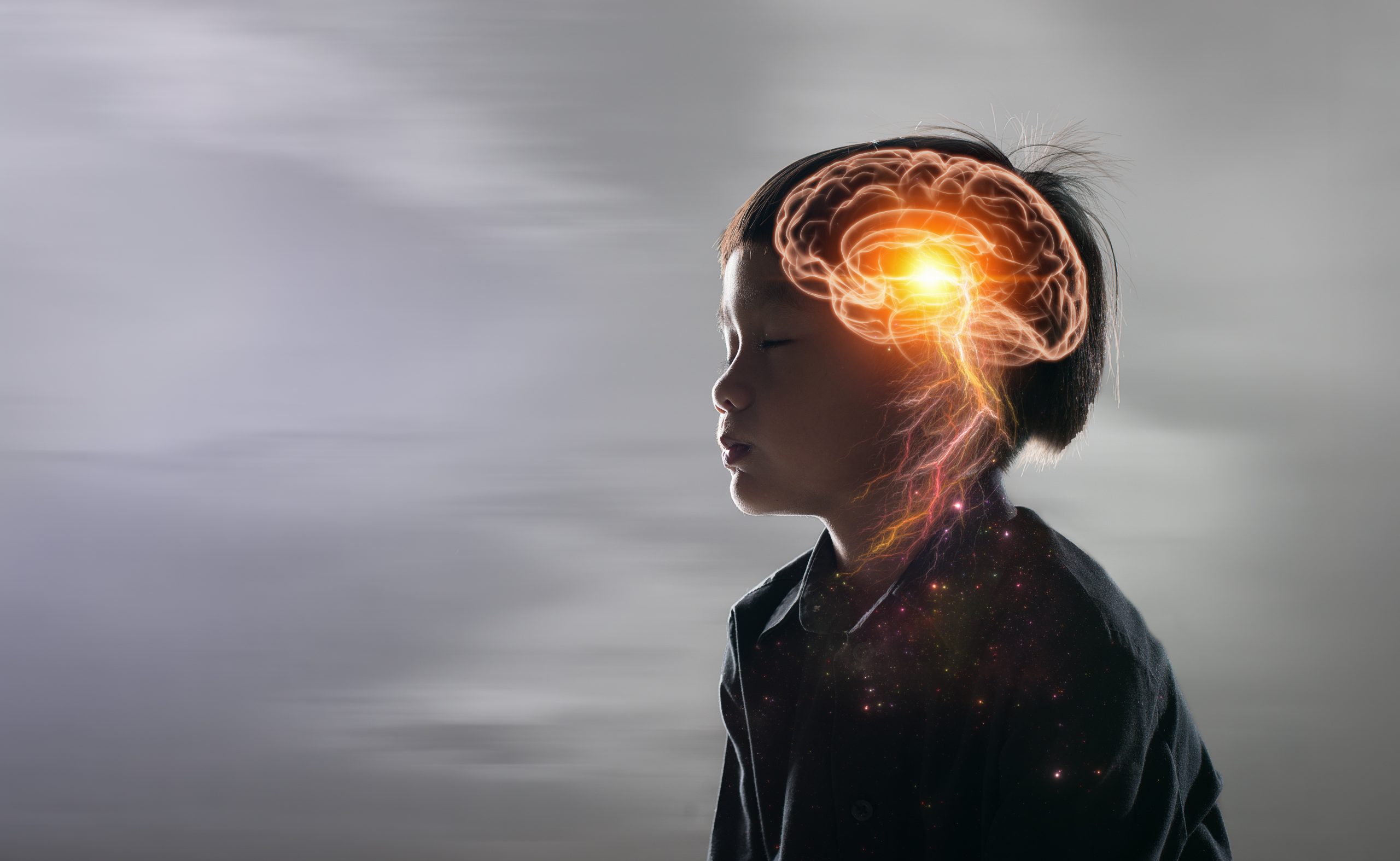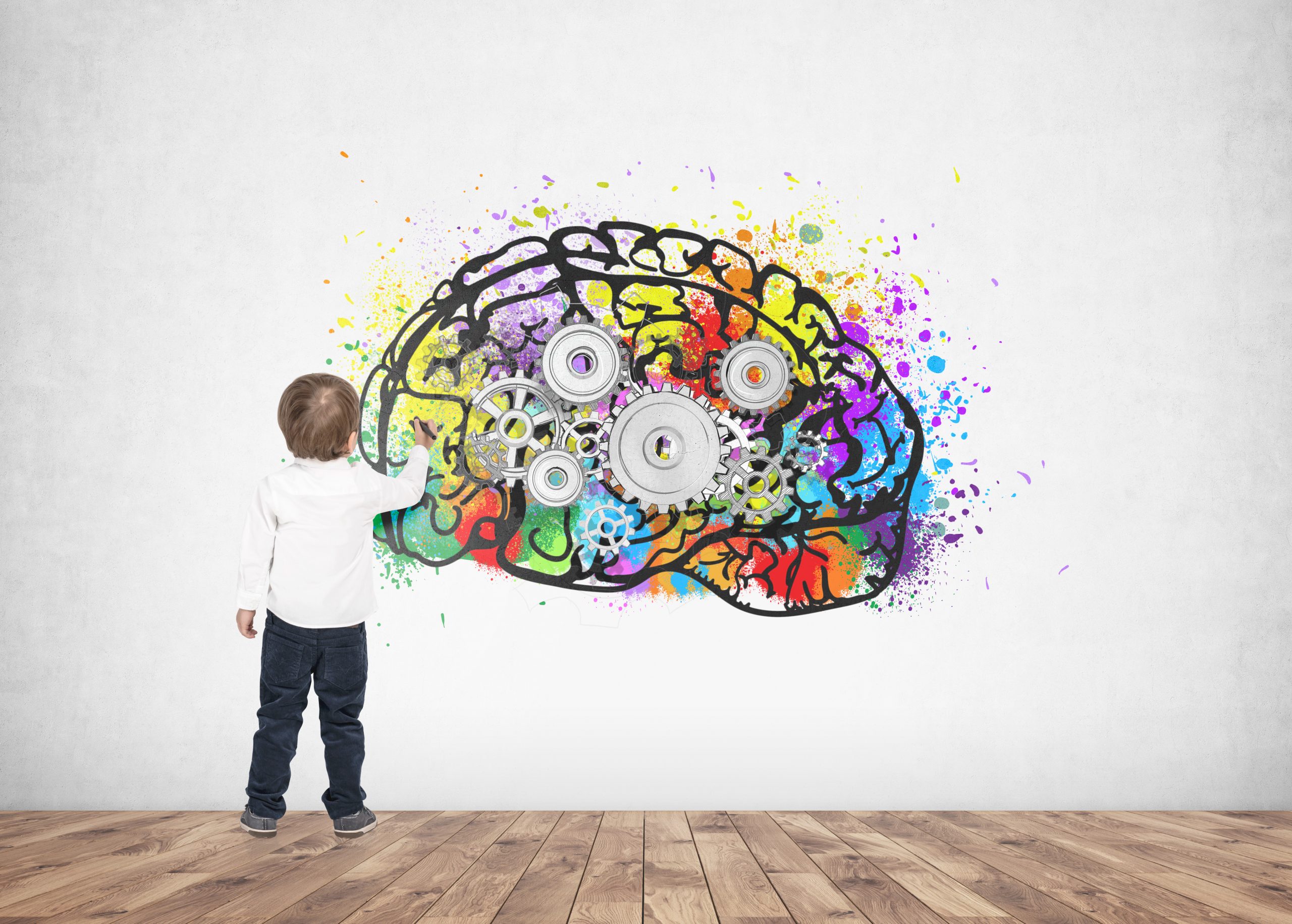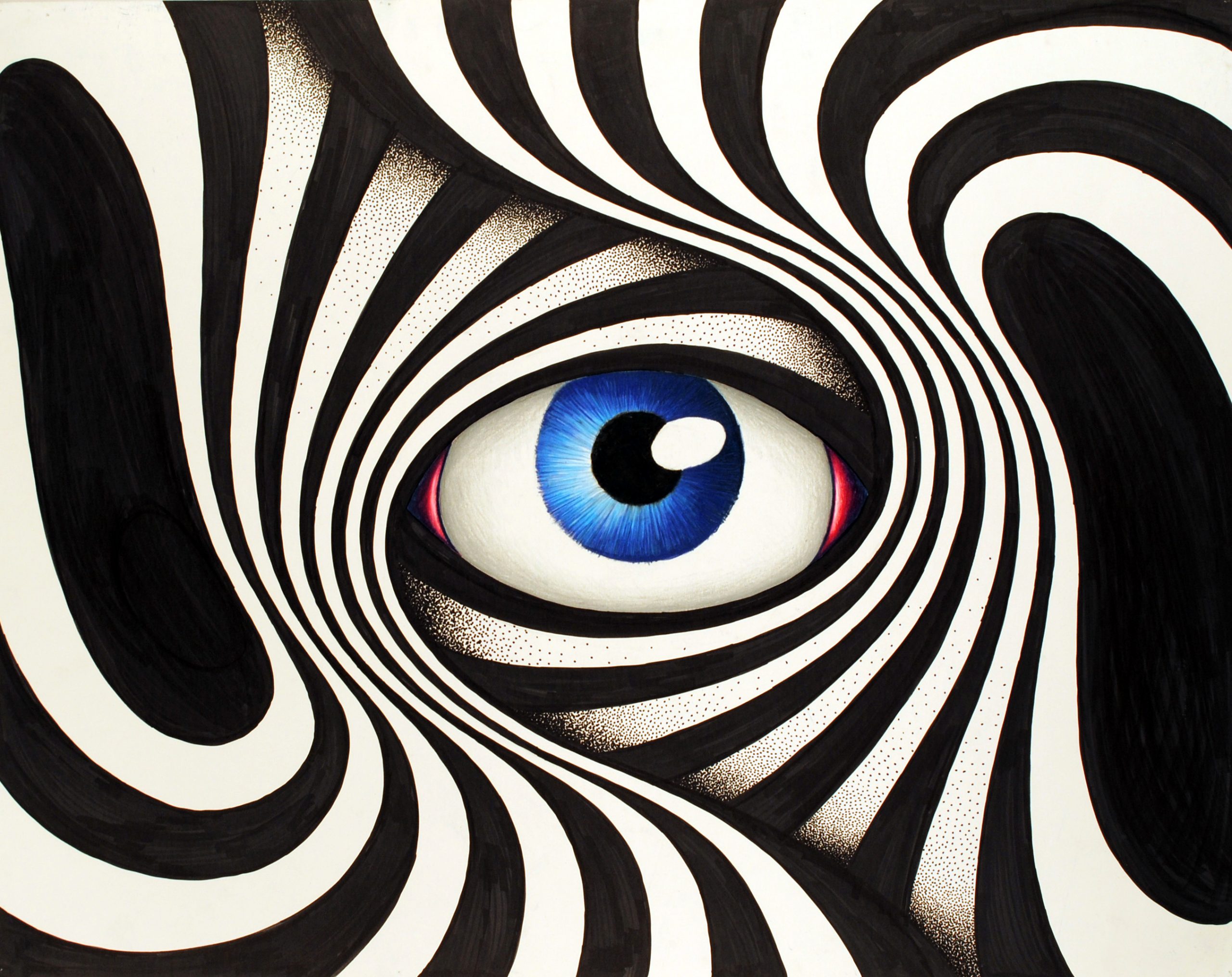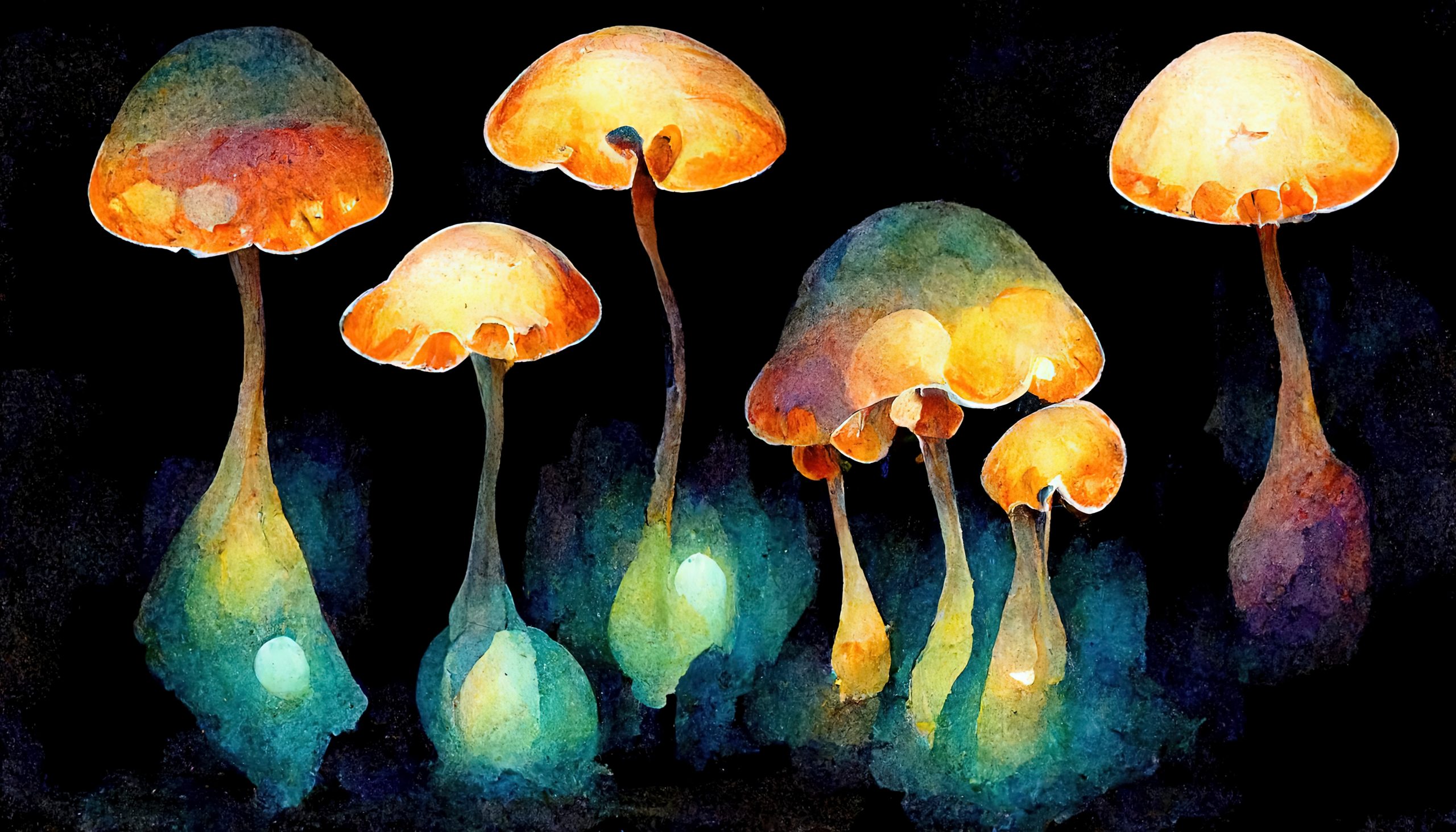
in this article
- The Mind on Psychedelics Mimics the Mind of a Baby
- The Psychological Benefits of Child-Like Wonder
- The Will to Novelty
Are you 18 or older?
Please confirm that your are 18 years of age or older.
You are not allowed to access the page.

Disclaimer: The views and opinions expressed in this article are those of the authors and do not necessarily reflect the official policy or position of the Chemical Collective or any associated parties.
A commonly reported feature of the psychedelic experience is seeing the world with fresh eyes – as if for the first time. This has also been likened to a child-like state of wonder, where everything in the world is transformed from dull and lifeless to fascinating and animated.
While reverting back to this child-like form of perception and emotion is commonplace, it has not received a great deal of attention from a scientific, psychological, and philosophical point of view. But this experience of newfound wonder ties into all these areas, including the way psychedelics affect the brain, how psychedelics can enhance our emotional well-being and life satisfaction, and how altered states of consciousness relate to our fundamental human nature. I want to address each of these three perspectives in turn.

In 2016, a team of researchers at Imperial College London – led by Robin Carhart-Harris – published the results of the world’s first brain scan of people under the influence of LSD. This experiment yielded many fascinating insights into how psychedelics affect the brain, one of which is how the altered mind mimics the mind of a baby.
Under the influence of LSD, the brain becomes less compartmentalised. Normally, the brain operates via independent networks that perform separate functions, such as vision, movement, hearing, and language. Because of the effects of LSD, this normal separateness breaks down, leading to a more unified system and more ‘cross-talk’ between networks. Carhart-Harris told Rachel Martin at NPR:
What is it like to be a baby? What’s it like to be a child? Our emotions go up and down. We might be in a sort of happy, sort of ecstatic state one minute, giggling, finding everything funny and silly – similar things happen on psychedelics – and then the next minute there’s a sudden shift and we’re bawling our eyes out, you know? Similar kind of emotional sensitivities and hyper-imaginative processes occur with a psychedelic.
Also something quite intriguing is that sense of wonder, that sense of awe that you certainly see with psychedelics. Sometimes it’s framed in a sort of mystical or spiritual way. But it’s interesting if you look at some literature, particularly someone like William Wordsworth who talks about the infant state as being a kind of heavenly state where we’re sort of closer to what you would call God, in a way.
Similar to the brain of an infant, the psychedelic-altered brain is plastic, free, and unconstrained, and this has been connected to child-like states of openness and wonder that can arise in the psychedelic state. This is because there is less constraining us in terms of what we should pay attention to. There is evidence to suggest that the default mode network (DMN), a higher-order brain network, exists in a rudimentary form in the newborn infant. It shows more protracted development during infancy. This is relevant to this discussion because the DMN is known to constrain the amount of information that reaches our conscious minds.

The infant brain is in a highly plastic state since the child is in a state of learning: they are trying to figure out what information is useful to pay attention to and what is not. As the infant brain collects more information and the DMN develops over time, where attention is placed becomes more rigid and constrained, ultimately serving the purpose of surviving effectively in the world. This means that, over time, more and more information is ignored or filtered out of conscious awareness.
Young children, without a fully operational DMN, access information in a much less constrained way than adults do. This means that their experience of the world could potentially be a lot more vivid. Since we can’t remember our very early years, it’s hard to definitively make this comparison. However, child-like states of joy, awe, and curiosity might be the emotional correlates of a subjectively richer experience of the world. Moreover, as Carhart-Harris suggests, the brain on psychedelics resembles that of an infant, so in some sense, life as a baby is like a psychedelic experience.
In a child-like state of wonder induced by psychedelics, everything can become a source of fascination. Unconstrained by the survival strategies of the DMN, which limit what we pay attention to, we can get lost in the qualities, details, and beauty of everyday objects – much like infants do. Aldous Huxley recounts having this very experience while under the influence of mescaline. As he writes in The Doors of Perception (1954):
I took my pill at eleven. An hour and half later I was sitting in my study, looking intently at a small glass vase. The vase contained only three flowers – a full-blown Belle of Portugal rose, shell pink with a hint at every petal’s base of a hotter, flamier hue; a large magenta and cream-coloured carnation; and, pale purple at the end of its broken stalk, the bold heraldic blossom of an iris. Fortuitous and provisional, the little nosegay broke all the rules of traditional good taste. At breakfast that morning I had been struck by the lively dissonance of its colours. But that was no longer the point. I was not looking now at an unusual flower arrangement. I was seeing what Adam had seen on the morning of his creation – the miracle, moment by moment, of naked existence.
He describes a similar experience when staring at his trousers:
I looked down by chance and went on passionately staring by choice, at my own crossed legs. Those folds in the trousers – what a labyrinth of endlessly significant complexity! And the texture of the grey flannel – how rich, how deeply, mysteriously sumptuous!

While profound states of child-like wonder occasioned by psychedelics are temporary, their benefits don’t have to be. First, it’s worth noting that while the DMN serves our survival needs, this doesn’t mean it serves our happiness. What is most effective for survival and advancement in the world does not necessarily align with positive mental states. However, psychedelic experiences can essentially function as a break from our everyday concerns. (While tripping won’t typically put our survival at risk, since we are free from having to worry about being attacked by predators and enemy tribes, we do need to be in a safe place when we have the experience – there are still real hazards that exist in the world, such as traffic.)
By safely and wisely designing a day in which to be under the influence of a psychedelic, a person can enjoy unconstrained consciousness. In a state of child-like wonder, fascination, and awe, the world can be transformed – and one’s experience of the world is sufficient to induce feelings of joy, giddiness, contentment, and satisfaction. It can feel somewhat deflating to leave this feeling behind when returning to sobriety. The direct, first-hand knowledge that this more joyous mode of being is available can make sober, everyday reality feel more disenchanting than it already does. In the sober state, normal concerns return, and it can be difficult to evoke that feeling of wonder when going about your day, no matter how hard you try.
But it’s not impossible for psychedelic-inspired wonder to percolate to the surface of sober consciousness. The goal of ‘psychedelic integration’ is to enable this to occur. A regular practice of meditation is a common integration technique that is used to maintain the positive emotions associated with psychedelics. Yet integration can also occur through other means; it might happen spontaneously or through other conscious decisions, including how we use our free time, what careers we choose, lifestyle choices, who we spend our time with, and what interests and hobbies we pursue.
We would not function very well in the world if we constantly experienced the intense child-like wonder associated with tripping. Similarly, the infant mind is not conducive to meeting adult needs and concerns. Nonetheless, we can still function and enjoy greater levels of well-being by having a degree or semblance of child-like in our everyday lives. We also have a certain amount of freedom in terms of what we pay attention to. An integration technique like meditation can also allow us to develop this freedom through the skill of mindfulness (bringing our attention back to the present moment when the mind wanders). And the more we develop mindfulness, the more we can sink into states of wonder, fascination, and curiosity.

While the world we perceive with sober eyes is not fluctuating and overlaid with geometry, as in the psychedelic state, it can still appear vivid, detailed, and fresh. But this requires that we consciously pay attention to the world and try to adopt the open and playful attitude of a child. When we get distracted by our thoughts and egoic concerns (which is all too often the default state of existence), we miss out on the joy-inducing nature of the world.
Undoubtedly, there are real material circumstances that can make feelings of listlessness and boredom understandable. But this doesn’t mean we should ignore the possibility that, in other contexts, the dullness of reality is a projection of dulled vision. A child or a person under the influence of a psychedelic moves through the same world as everyone else; it is the quality of their perceptions and the nature of their attitudes that are different.
Again, psychedelic integration does not mean we should wish or try to exist in a child-like state of wonder all the time (it is unattainable, and even if it were attainable, it would be dysfunctional and ultimately detrimental for us). But we could experience greater and more sustained levels of joy and contentment if seek out more opportunities for this kind of wonder. This might involve paying more attention to present-moment experiences during day-to-day activities, or it could mean doing activities that encourage mindfulness or fascination (such as spending time in nature, creating art, or appreciating art).
There may even be a two-way relationship between psychedelic use and feelings of wonder. This is because people who score high on the personality trait openness to experience are more likely to try psychedelics, and the use of psychedelics is also associated with significant and lasting increases in this trait. People who score high in this trait tend to be curious, imaginative, creative, adventurous, and open to new ideas. And it is these very characteristics that lend themselves to the experience of wonder. By following your curious, adventurous, and creative impulses after psychedelic use, you may discover a variety of ideas, places, people, situations, and activities that induce rejuvenating feelings of wonder and fascination.

The ‘will to novelty’ is a term I use to refer to the human drive to seek out what is new, different, and unusual (see here and here for previous posts on this concept). I believe that the will to novelty – if it exists as a core aspect of who we are – could help explain why the child-like wonder induced by psychedelics feels so ‘natural’ and ‘right’. This could be because such wonder entails seeing the world anew, as if for the first time. We gaze in wonder at what appears fresh and inviting. This doesn’t mean that any particular object of our attention has objectively changed. Instead, the relation between our mind and the object has changed. The object appears differently. It may imbue different qualities, depending on the activities of our imagination, our aesthetic sensibility, or how we direct our attention to various details.
Wonder is a reaction to novelty. Psychedelics can make the world appear more diverse, fresh, and significant – rather than homogenous, bland, and uninteresting – and this is why they are so effective at eliciting strong feelings of wonder. Moreover, if we seek out novelty and experiences of novelty satisfy us on a fundamental level, this could help explain why child-like states of wonder feel so healthy and fulfilling. These are deeply human experiences, which we all had at one point but which we rarely (if ever) re-experience.
Psychedelics, fortunately, can place us back in a child-like mode of being, opening us up to experiences that are paradoxically both familiar (feeling like a child again) and novel (these states of wonder are also unfamiliar because we have become so accustomed to adult consciousness). Perhaps integrating these experiences involves finding a balance between acting and behaving with adult consciousness while simultaneously looking at the world anew, with a child-like perspective.
Sam Woolfe | Community Blogger at Chemical Collective | www.samwoolfe.com
Sam is one of our community bloggers here at Chemical Collective. If you’re interested in joining our blogging team and getting paid to write about subjects you’re passionate about, please reach out to David via email at blog@chemical-collective.com

Welcome to Chemical Collective.
Create an account to earn 200 welcome points.
Already have an account? Sign in


Check out our Community Blog and get involved with the conversation. You will be awarded 50 x ChemCoins for each comment up to a limit of 250 total ChemCoins.


Have you purchased any of our products? Reviews and reports are so important to the community. Share your honest opinion, and we’ll reward you with 50 ChemCoins for each review!


Every time you complete an order with us, you’ll be awarded ChemCoins for each Euro spent.
Welcome to Chemical Collective.
Create an account to earn 200 welcome points.
Already have an account? Sign in

Earn commission every time someone makes a purchase through your link.
When you become an affiliate, you will be allocated a unique link to share with your friends, followers, subscribers, or Aunt Susan.
You can choose to payout the commission earned once per month, or save it up to receive on a rainy day! Commission earned is 5% of the total order value per referral.
Contact us to join the Chemical Collective family and become an affiliate.
share your toughts
Join the Conversation.
Gran articulo
Great article, thanks for share.
Extremely interesting article, very informative.
Very nice article, i love reading such interesting things. Keep it up